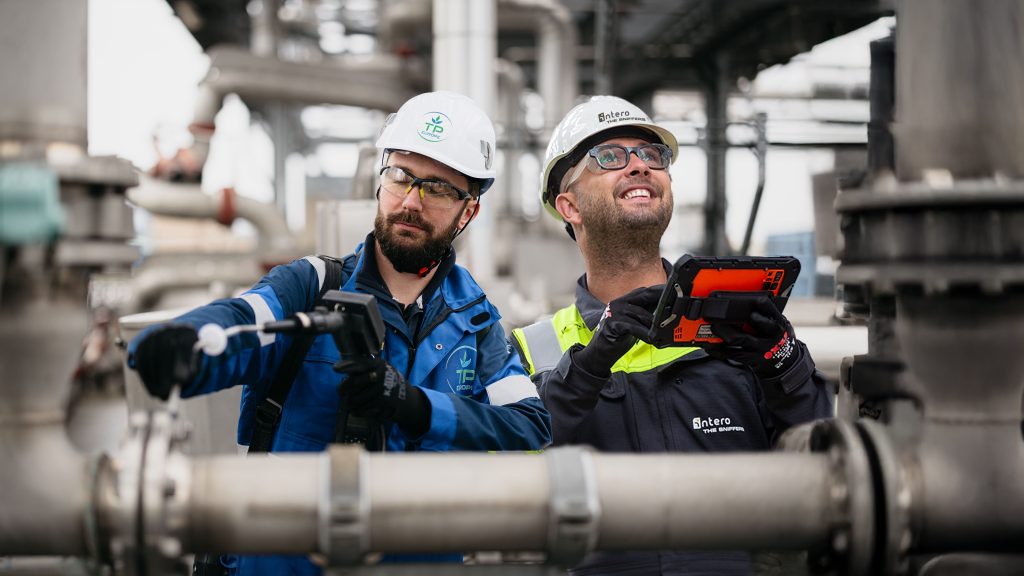LDAR Requirements in the Spain Methane Regulation
The Spain Methane Regulation is a groundbreaking legislation aimed at reducing methane emissions from the oil and gas sector. It sets ambitious targets and introduces comprehensive requirements for Leak Detection and Repair (LDAR) programs. The regulation is a crucial step towards mitigating the environmental impact of methane, a potent greenhouse gas.

Overview of the Spain Methane Regulation
Why is this regulation so important? Methane emissions from oil and gas operations contribute significantly to climate change. By implementing stringent LDAR requirements, Spain is taking a proactive approach to address this pressing issue. The regulation not only helps Spain meet its climate goals but also sets a strong example for other countries to follow.
Key Objectives and Targets of the Regulation
The primary objective of the Spain Methane Regulation is to reduce methane emissions from the oil and gas sector by 40% by 2030, compared to 2020 levels. This ambitious target aligns with the European Union’s overall goal of achieving climate neutrality by 2050.
To reach this objective, the regulation mandates the implementation of robust LDAR programs. These programs are designed to identify and repair methane leaks quickly and efficiently. By setting clear targets and timelines, the regulation ensures that oil and gas operators take concrete actions to minimize methane emissions.
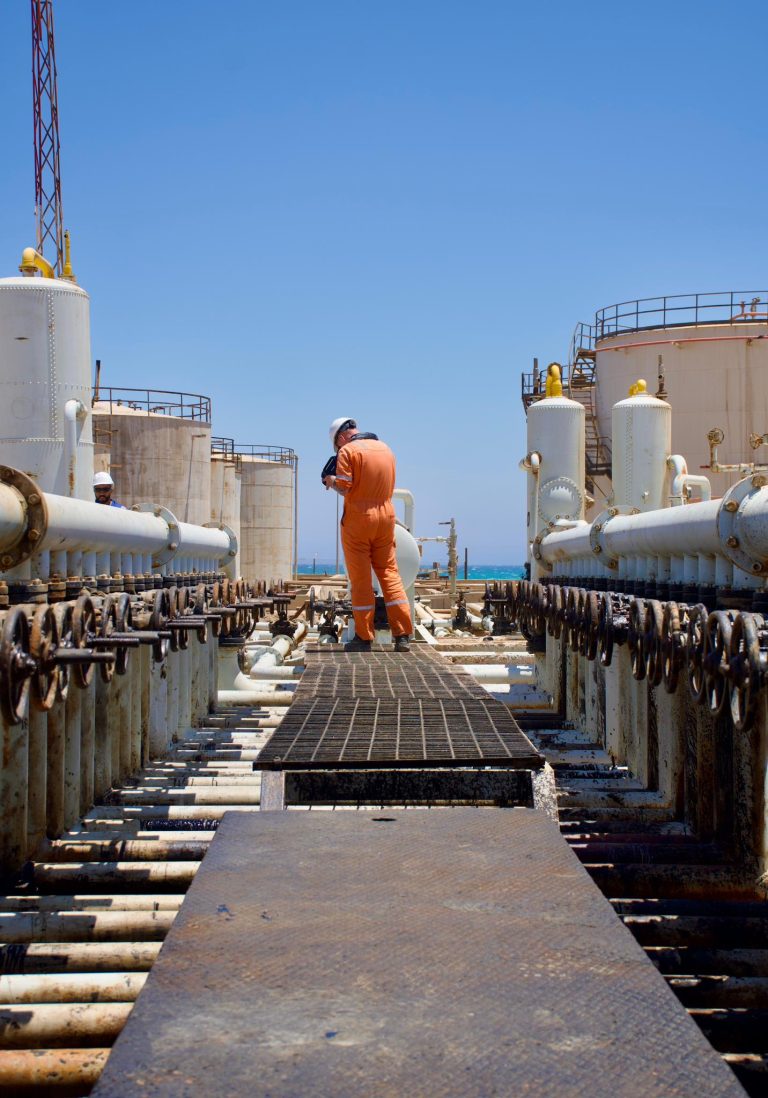
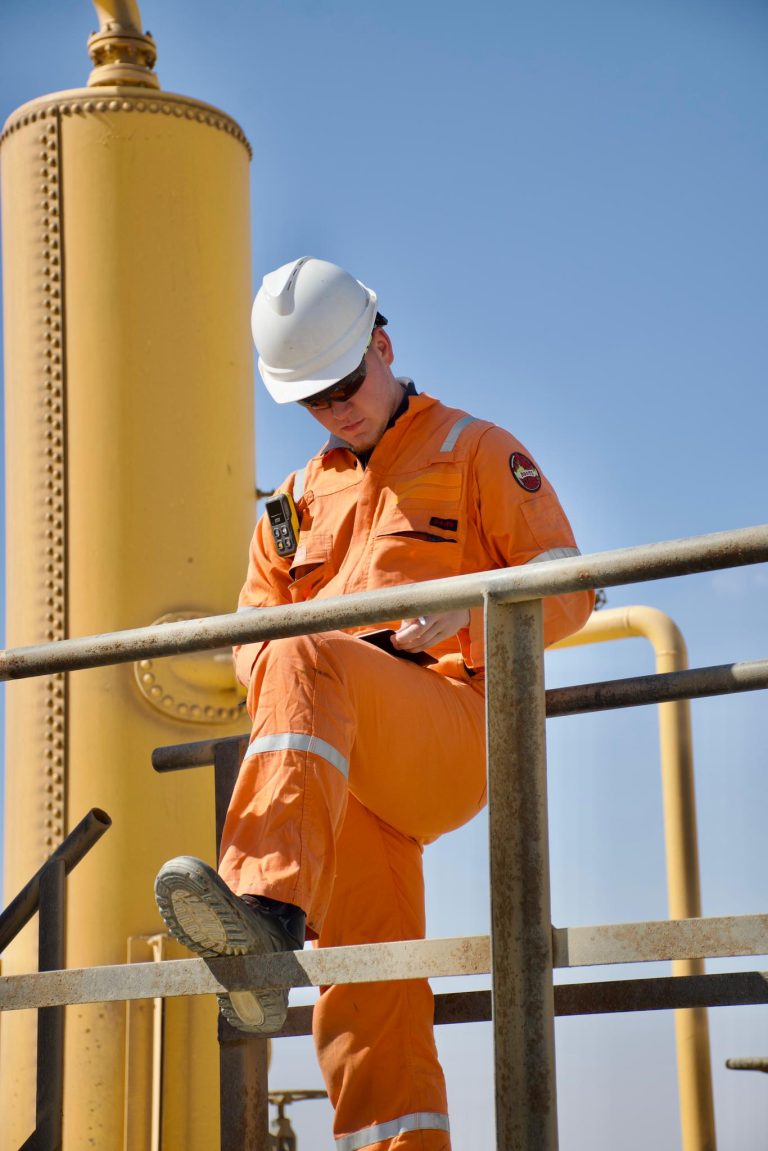
Scope and Applicability to Oil and Gas Operators
The Spain Methane Regulation applies to all oil and gas operators in the country, including both onshore and offshore facilities. From exploration and production to transmission and distribution, every segment of the oil and gas value chain is covered by the regulation.
Segment | Applicability |
Exploration & Production | Yes |
Transmission | Yes |
Distribution | Yes |
LNG Facilities | Yes |
This comprehensive scope ensures that no part of the oil and gas sector is left behind in the fight against methane emissions. By holding all operators accountable, the regulation creates a level playing field and encourages industry-wide collaboration to tackle the problem.
LDAR Obligations for Spain Oil and Gas Companies
Under the Spain Methane Regulation, oil and gas companies are required to implement robust LDAR programs. These programs are designed to systematically detect and repair methane leaks, ensuring that emissions are minimized.
But what exactly does an LDAR program entail? At its core, an LDAR program involves regular surveys of oil and gas facilities to identify methane leaks. Once leaks are detected, operators must take prompt action to repair them. The regulation sets clear timelines for leak repairs, ensuring that emissions are addressed in a timely manner.
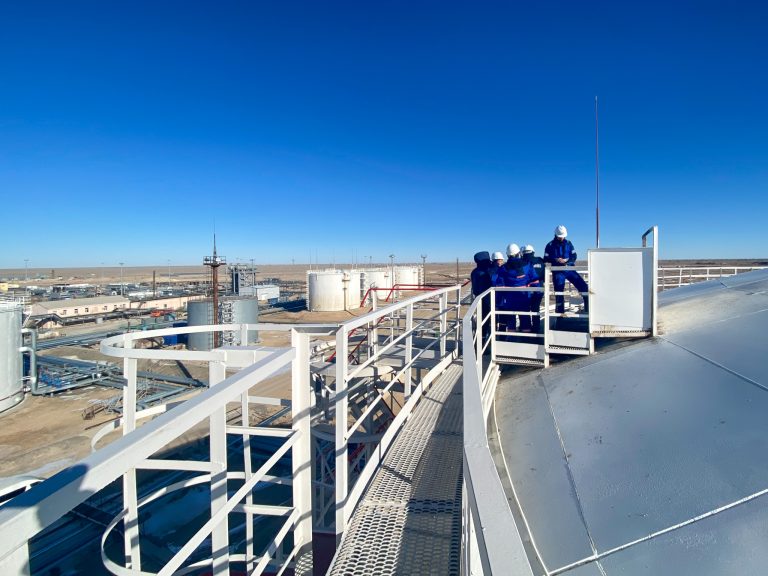
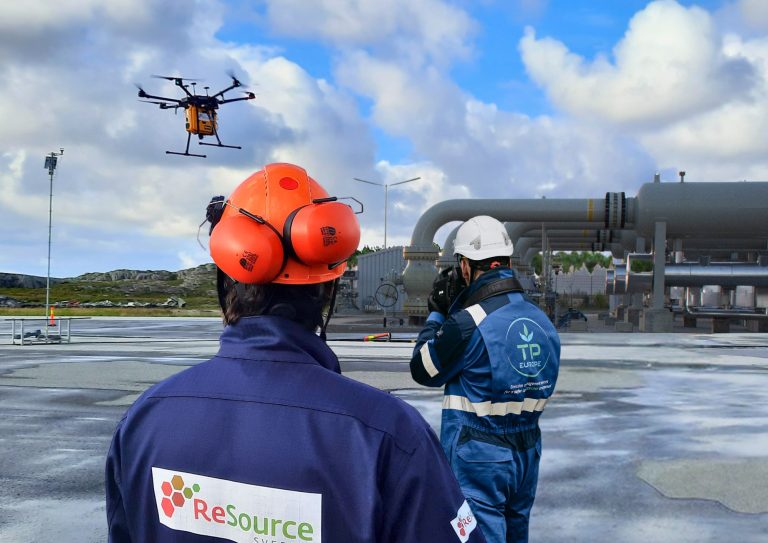
Frequency of LDAR Surveys
- Compressor stations: Quarterly surveys
- Well sites: Semi-annual surveys
- Transmission pipelines: Annual surveys
- Distribution pipelines: Continuous monitoring
Components and Equipment Covered by LDAR
- Valves
- Flanges
- Connectors
- Pumps
- Compressors
- Pressure relief devices
- Open-ended lines
Leak Detection Methods and Technologies
Optical Gas Imaging (OGI)
Optical Gas Imaging (OGI) is a widely used technology for detecting methane leaks. OGI cameras use infrared technology to visualize methane plumes, making leaks visible to the naked eye. This method is highly effective in identifying larger leaks and is suitable for a wide range of facilities.
Flame Ionization Detectors (FID)
Flame Ionization Detectors (FID) are handheld devices that can detect methane leaks at a more granular level. FIDs work by ionizing methane molecules and measuring the resulting electrical current. This method is particularly useful for pinpointing smaller leaks and is often used in conjunction with OGI.
Acoustic Leak Detectors
Acoustic Leak Detectors use sound waves to identify methane leaks. These devices are highly sensitive and can detect leaks in hard-to-reach areas, such as underground pipelines. Acoustic detectors are a valuable tool for identifying leaks that may be difficult to detect using other methods.
Other Approved Methods
The Spain Methane Regulation also allows for the use of other leak detection methods that have been approved by the regulatory authorities. This flexibility encourages innovation and the development of new technologies to further improve the effectiveness of LDAR programs.
Leak Repair Requirements and Timelines
Once a methane leak is detected, the Spain Methane Regulation requires operators to take prompt action to repair it. The regulation establishes clear timelines for leak repairs, based on the severity of the leak:
- Critical leaks (> 500 ppm): Immediate repair or shutdown
- Major leaks (100-500 ppm): Repair within 5 days
- Minor leaks (< 100 ppm): Repair within 30 days
These timelines ensure that leaks are addressed quickly, minimizing the amount of methane released into the atmosphere. By prioritizing repairs based on leak severity, the regulation allows operators to allocate resources effectively and maximize emissions reductions.
LDAR Program Development and Implementation
Developing and implementing an effective LDAR program is crucial for complying with the Spain Methane Regulation. Oil and gas operators must take a systematic approach to ensure that their LDAR programs are comprehensive, efficient, and aligned with regulatory requirements.
Creating a Comprehensive LDAR Plan
The first step in developing an LDAR program is to create a comprehensive plan that outlines the scope, objectives, and procedures of the program. This plan should include:
- Identification of all components and equipment to be surveyed
- Selection of appropriate leak detection methods and technologies
- Establishment of survey frequencies and schedules
- Definition of leak repair timelines and procedures
- Documentation and recordkeeping requirements
By creating a thorough LDAR plan, operators can ensure that their program is well-structured and effective in reducing methane emissions.
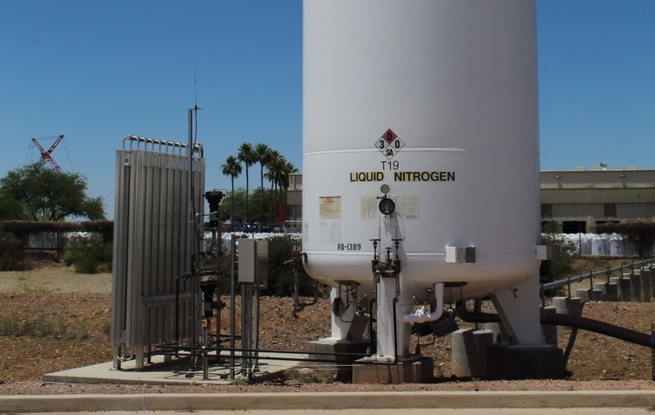
Training and Qualification of LDAR Personnel
- Leak detection methods and technologies
- Proper use and maintenance of leak detection equipment
- Leak repair procedures
- Safety protocols
- Recordkeeping and reporting requirements
Documentation and Recordkeeping for LDAR
Proper documentation and recordkeeping are critical components of an LDAR program. The Spain Methane Regulation requires operators to maintain detailed records of all LDAR activities, including:
- Survey dates and locations
- Leak detection methods used
- Leaks identified and their severity
- Repair actions taken and timelines
- Verification of leak repairs
These records must be kept for a minimum of 5 years and made available to regulatory authorities upon request. By maintaining accurate and comprehensive records, operators can demonstrate compliance with the regulation and track the effectiveness of their LDAR programs over time.
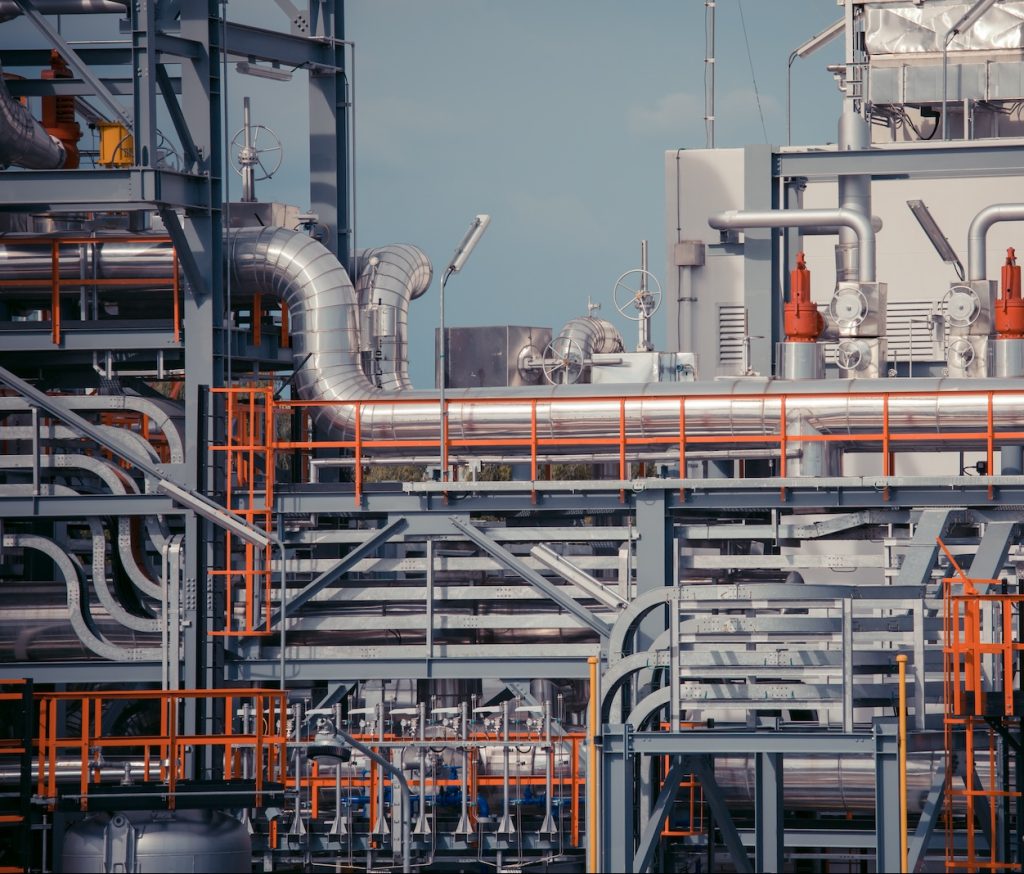
Integration with Existing Maintenance and Inspection Programs
To maximize efficiency and effectiveness, it is important to integrate LDAR activities with existing maintenance and inspection programs. By aligning LDAR surveys with routine maintenance schedules, operators can minimize disruptions to operations and optimize resource utilization.
For example, LDAR surveys can be conducted in conjunction with regular equipment inspections or during planned shutdowns. This integration not only streamlines LDAR activities but also helps identify potential issues before they become significant leaks.
Monitoring, Reporting, and Verification (MRV) for LDAR
Monitoring, Reporting, and Verification (MRV) are essential components of the Spain Methane Regulation’s LDAR requirements. These activities ensure that operators are accurately tracking and reporting their methane emissions and that their LDAR programs are effective in reducing those emissions.
Methane Emissions Quantification Methods
To accurately report methane emissions, operators must use approved quantification methods. The Spain Methane Regulation allows for the use of various methods, including:
- Direct measurement using flow meters or high-volume samplers
- Engineering calculations based on leak rates and duration
- Emission factors based on equipment type and operating conditions
Operators must choose the most appropriate quantification method based on the specific characteristics of their facilities and the nature of the leaks detected.
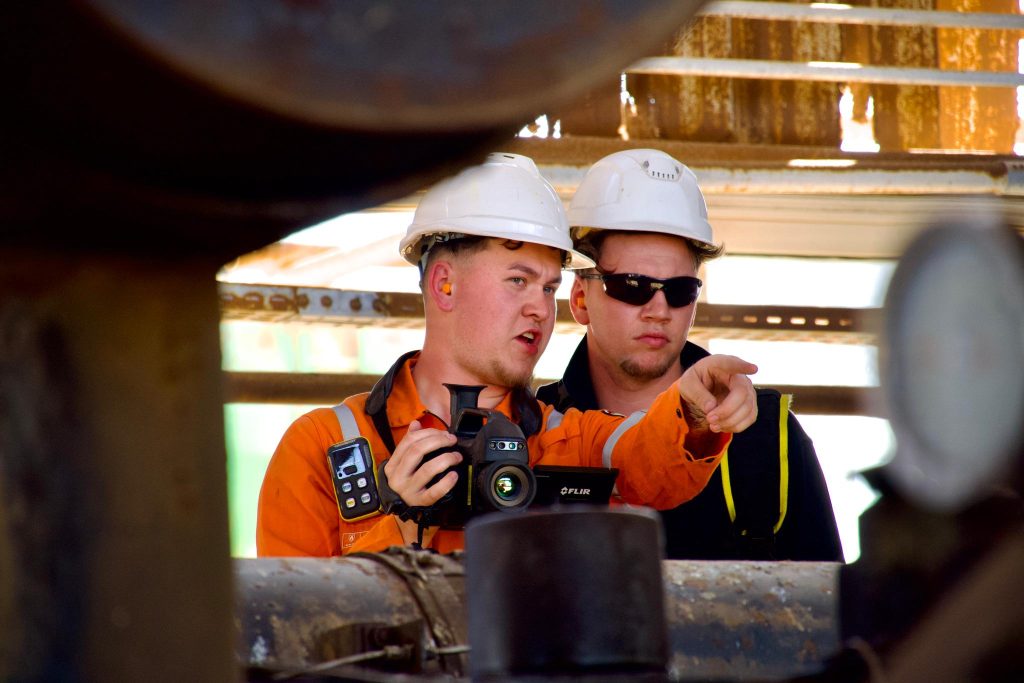
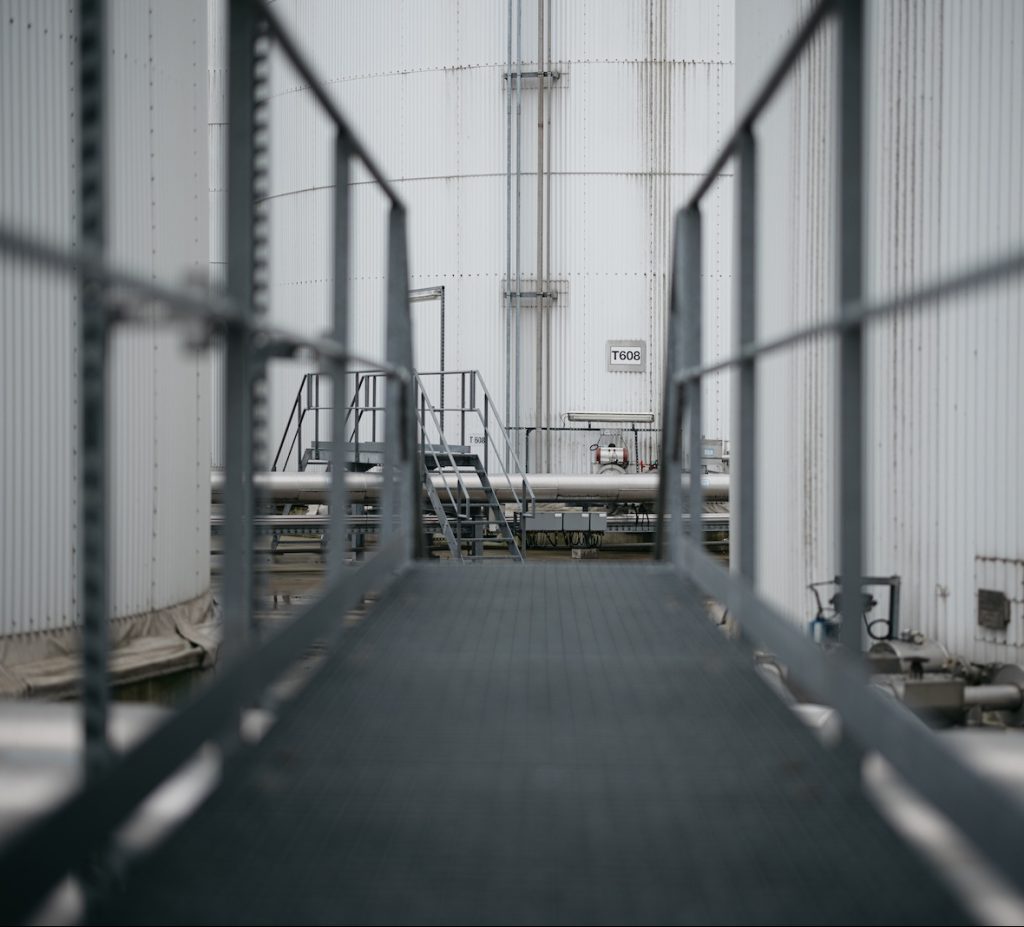
Reporting Frequency and Formats
The Spain Methane Regulation requires operators to report their methane emissions on an annual basis. These reports must be submitted electronically using a standardized format provided by the regulatory authorities.
The annual reports must include:
- Total methane emissions from the facility
- Breakdown of emissions by source type (e.g., leaks, venting, flaring)
- Details of LDAR activities conducted during the reporting period
- Summary of leak repairs and emissions reductions achieved
By requiring regular and standardized reporting, the regulation ensures that operators are held accountable for their methane emissions and that progress toward reduction targets can be tracked over time.
Third-Party Verification and Auditing
To ensure the accuracy and reliability of reported methane emissions, the Spain Methane Regulation requires third-party verification and auditing. Independent, accredited verifiers must review operators’ annual reports and LDAR records to confirm that:
- Emissions quantification methods were applied correctly
- LDAR activities were conducted in accordance with the regulation
- Leak repairs were completed within the required timelines
- Records are complete and accurate
Third-party verification provides an additional layer of assurance that operators are complying with the regulation and that reported emissions reductions are credible.
Best Practices and Strategies for LDAR Compliance
Complying with the Spain Methane Regulation’s LDAR requirements can be challenging, but there are several best practices and strategies that operators can employ to streamline their programs and maximize emissions reductions.
Proactive Leak Detection and Early Repair
One of the most effective strategies for reducing methane emissions is to adopt a proactive approach to leak detection and repair. By conducting frequent surveys and identifying leaks early, operators can minimize the amount of methane released into the atmosphere.
Some best practices for proactive leak detection include:
- Implementing continuous monitoring systems for high-risk components
- Using advanced leak detection technologies, such as drone-based surveys
- Conducting targeted surveys based on historical leak data and risk assessments
By identifying and repairing leaks early, operators can not only reduce their methane emissions but also improve the efficiency and safety of their operations.

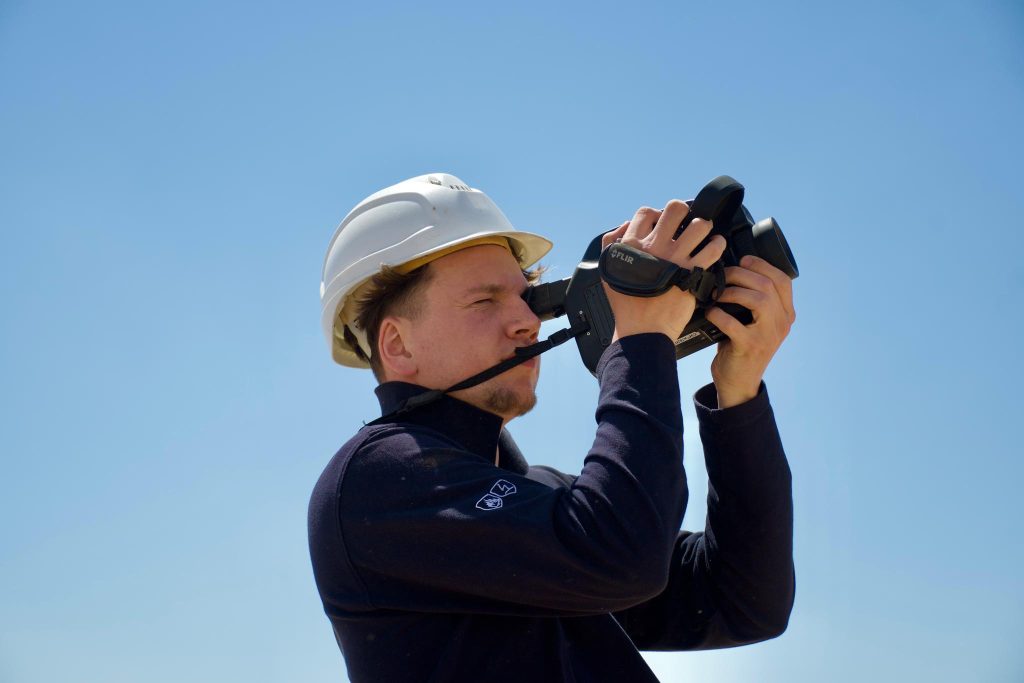
Innovative LDAR Technologies and Approaches
The Spain Methane Regulation encourages the use of innovative technologies and approaches to further improve the effectiveness of LDAR programs. Some examples of innovative solutions include:
- Satellite-based methane monitoring
- Advanced data analytics for leak prediction and prioritization
- Augmented reality (AR) and virtual reality (VR) tools for leak visualization
- Robotic systems for leak detection in hard-to-reach areas
By embracing innovation and exploring new technologies, operators can stay ahead of the curve and continuously improve their LDAR programs.
Collaboration and Knowledge Sharing Among Operators
Collaboration and knowledge sharing among oil and gas operators can play a crucial role in achieving widespread compliance with the Spain Methane Regulation. By working together and exchanging best practices, operators can accelerate the adoption of effective LDAR strategies and technologies.
Some opportunities for collaboration and knowledge sharing include:
- Participating in industry forums and working groups focused on methane emissions reduction
- Engaging in joint research and development projects to advance LDAR technologies
- Sharing data and insights on successful LDAR program implementation
- Collaborating on training and capacity building initiatives for LDAR personnel
By fostering a culture of collaboration and continuous improvement, the oil and gas industry can collectively work towards achieving the ambitious methane emissions reduction targets set by the Spain Methane Regulation.
Challenges and Opportunities in Implementing LDAR in Spain
Technical and Operational Hurdles
One of the main challenges in implementing LDAR programs is the technical complexity of detecting and quantifying methane leaks. Methane is a colorless, odorless gas that can be difficult to detect, particularly in small quantities.
Operators must invest in advanced leak detection technologies and ensure that their personnel are properly trained in their use. Additionally, conducting LDAR surveys can be logistically challenging, particularly in remote or hard-to-reach locations.
Financial Considerations and Cost Optimization
Implementing an LDAR program can be costly, particularly for smaller operators or those with extensive facilities. The costs of purchasing leak detection equipment, training personnel, and conducting surveys can add up quickly.
However, there are opportunities for cost optimization through strategic planning and resource allocation. For example, operators can prioritize surveys based on risk assessments and historical leak data, focusing resources on the areas with the highest potential for emissions reductions.
Regulatory Uncertainties and Evolving Standards
As the Spain Methane Regulation is a relatively new legislation, there may be some regulatory uncertainties and evolving standards that operators must navigate. The regulation may be subject to revisions and updates over time, requiring operators to adapt their LDAR programs accordingly.
To stay ahead of regulatory changes, operators should actively engage with regulatory authorities and industry associations to stay informed of any updates or clarifications to the regulation. Additionally, operators should build flexibility into their LDAR programs to accommodate potential changes in requirements or standards.
Despite these challenges, the Spain Methane Regulation presents a significant opportunity for the oil and gas sector to demonstrate its commitment to environmental sustainability and responsible operations. By embracing the LDAR requirements and investing in effective emissions reduction strategies, operators can position themselves as leaders in the fight against climate change while also improving the efficiency and safety of their facilities.
As the world moves towards a low-carbon future, the Spain Methane Regulation serves as a model for other countries and regions looking to tackle methane emissions from the oil and gas sector. By setting ambitious targets and requiring rigorous LDAR programs, Spain is paving the way for a more sustainable and responsible energy industry.
CCO TP Europe.
Joey, Chief Commercial Officer at TP Europe, thrives in sales, drawing satisfaction from client happiness and the company's growth. His dedication to staying connected to the field and ambition for global expansion are key to driving our mission forward.
Published: Tp Europe

